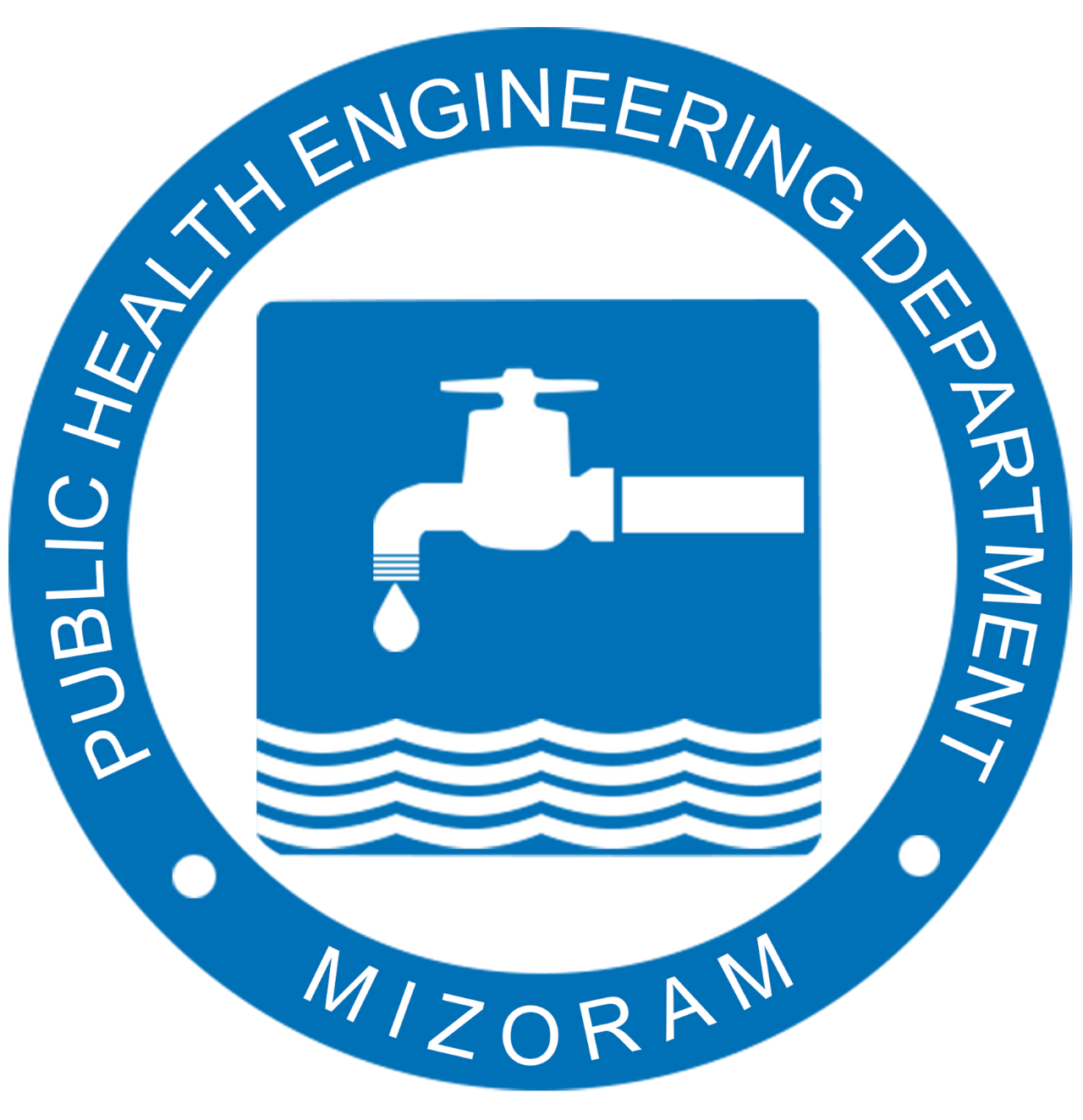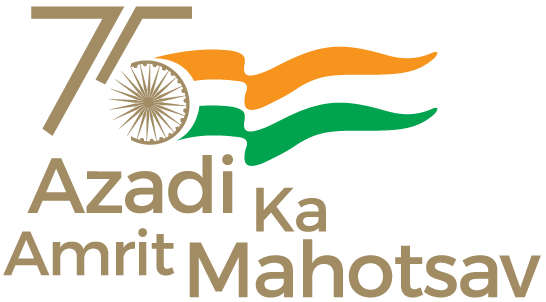ACTIVITIES OF PHED MIZORAM
a) Activities in Urban Water Supply
There are 23 Urban towns in Mizoram and PHED has been implementing and maintaining Urban Water Supply for the last 2 decades. As of 1st April 2011, 49,663 nos. of house water connections was provided in these urban towns. The programmes are still underway to improve the level of water supply in quantity and quality. It is expected that all the towns and city would be fully covered by the year 2015.
SCHEMES ALREADY COMPLETED
Sl. No. | Name of Town | Present Lpcd | Type | Source | Static Head | Designed Population |
1 | Khawhai | 35 | Gravity | Lungpher Tui | 98 m | - |
2 | Aizawl | 60 | Pumping | Tlawng | 1037.92 m & 1045 m | 3,90,000 |
3 | Saitual | 14 | Gravity | Maite Zotui & Thankhuma dil | 165 m & 208 m | 10,803 |
4 | Zawlnuam | 30 | Gravity | Zinkawnglui & Dil lui | 51 m | 4,492 |
5 | Bairabi | 40 | Gravity | Thuampuilui, Biakhluna van, Vankhuma lui | 30 m, 20m, 50m, 58 m | 7,454 |
6 | Khawzawl | 13 | Gravity | Tumkhuai lui | 255 m | 12,750 |
7 | Tlabung | 26 | Gravity | Zohmunlui | 120 m | 1,680 |
8 | Hnahthial | 28 | Gravity | Melkhat | 350 m | 8,283 |
9 | Saiha | 18 | Gravity | Zotlanglui I&II etc. |
| 30,000 |
10 | Lawngtlai | 9 |
|
|
|
|
11 | Thenzawl | 21 | Gravity | Chapui & Phulkawn lui | 53 m & 331 m | 9,891 |
12 | Darlawn | 24 | Pumping | Tuitung & Sakeizim | 310 m | 5,400 |
13 | Lengpui | 60 | Gravity | Challui & Hnawmpiah | 127 m | 4,600 |
14 | Kolasib | 70 | Pumping | Tuichhuahen | 626.29 m | 3,200 |
15 | Vairengte | 70 | Pumping | Aitlanglui | 210 m | 16,000 |
16 | Serchhip | 70 | Pumping | Tuikum | 454 m | 25,000 |
17 | Lunglei | 70 | Pumping | Tlawng | 791 m | 66,000 |
18 | Sairang | 22 | Gravity | Chhimluang | 56 m | 4,938 |
19 | N. Kawnpui | 70 | Pumping | Tuitun & Chhimluang | 668 m | 20,000 |
20 | Champhai | 70 | Pumping | Tuipui | 688 m | 49,420 |
21 | Mamit | 50 | Pumping | Tut | 830 | 8,993 |
MAJOR ON-GOING SCHEMES IN URBAN WATER SUPPLY
1 | Greater Saitual Water Supply Scheme | ₹ 2153.20 Lakhs |
2 | Greater Lawngtlai Water Supply Scheme | ₹ 2564.50 Lakhs |
3 | Greater Hnahthial Water Supply Scheme | ₹ 825.60 Lakhs |
4 | Aug & Renovation of Tlabung WSS | ₹ 441.00 Lakhs |
5 | Bairabi Water Supply Scheme | ₹ 490.37 Lakhs |
6 | Greater Saiha Water Supply Scheme | ₹ 2020.20 Lakhs |
7 | Greater Lunglei Improvement | ₹ 867.44 Lakhs |
8 | Greater Serchhip Improvement | ₹ 687.60 Lakhs |
b) Activities in Rural Water Supply
In the past, drinking water supply in rural areas in Mizoram had been outside the Governments sphere of influence, the community managed Improved Village Spring Source (IVSS/ Tuikhur), private wells and Individual Rain Water Harvesting System have often been main traditional sources of rural drinking water, the first government installed rural water supply schemes were implemented in the 1950s as part of the Government’s policy to provide basic drinking water supply facilities to the rural population. Since then, the involvement of Government has increased with corresponding decrease in the role of communities in the rural water supply sector. The Government of India’s role in the rural drinking water supply sector started in 1972-1973 with the launch of Accelerated Rural Water Supply Programme (ARWSP) to assist the States for providing portable water to the rural population.
The Rural Water Supply (RWS) sector has now entered the fourth generation with major emphasis on ensuring sustainability of water availability, adequacy, convenience, affordability and equity by adopting decentralized approach involving VWSC and the community. The approach and objectives is to ensure drinking water to all population on a sustainable basis and in the principles of decentralized, demand driven. Adoption of appropriate technology revival of traditional systems, conjunctive use of surface and ground water, conservation, rain water harvesting and recharging of drinking water sources have been given major emphasis in the new approach.
During 1972-1986 the main objects of RWS was to provide adequate drinking water to rural community through a centralized PHED. The second generation, another programme was started by introducing Technology Mission (1986-1987) and later renamed RGNDWM (1991-1992). The third generation Sector Reform Project was launched during 1999-2000 and the principles was to involve Community in planning, implementation and management of RWS schemes later scaled up as Swajaldhara in 2002.
In our Country, women generally manage domestic water and an essential ingredient of community participation is improve women’s involvement, since women are the principal beneficiaries of this programme and are the pivot around which the entire sustainability paradigm is evolved. The level of service should be linked to the issue of demand, commonly expressed through user willingness-to-pay for a particular level of service and their satisfaction. Coverage of a particular village should be indicated based on these criteria. However, the issue of equity and the basic minimum need concept should be kept in mind which designing the schemes. Based on these, consideration the ARWSP has been modified as National Rural Drinking Water Programme (NRDWP) for the 11th Plan period.
The NRDWP is to meet the Rural Drinking Water Supply and to ensure the water availability, sustainability and quality. The different components of NRDWP and the center: State share funding are as follows:
Sl.No. | Programme | % of fund | Central: State |
1 | Coverage | 30% | 90 : 10 |
2 | Water quality | 20% | 90 : 10 |
3 | O & M | 10% | 90 : 10 |
4 | Sustainability | 20% | 100 : 0 |
5 | DDP Areas | 10% | 100 : 0 |
6 | Natural Calamity | 5% | 100 : 0 |
7 | Support | 5% | 100 : 0 |
Therefore, Mizoram may have the programme fund available for different component are as follows :-
- 10 % for O & M.
- 20 % for Sustainability measures.
- 5 % for Support Activities.
- 65 % for Coverage.
The Government of Mizoram has taken a policy to provide 40 liters per capita per day of drinking water to all the rural habitations in the State. The Rural Water Supply is the responsibility of the State Water Supply and Sanitation Mission (SWSM). And all the Rural Water Supply Schemes are being executed through the SWSM and PHED as the implementing agency. The schemes which are implementing and fully covered habitations are handed over to Village Water & Sanitation Committee (VWSC) for further operation and maintenance.
Coverage status of Rural Habitation in Mizoram as on 1.4.2011.
Sl.No. | District Name | No. of Habitation | No. of habitations with 100 % population coverage | No. of habitation with below 100 % population coverage |
1 | Aizawl | 116 | 86 | 30 |
2 | Champhai | 92 | 71 | 21 |
3 | Kolasib | 38 | 31 | 7 |
4 | Lawngtlai | 155 | 114 | 41 |
5 | Lunglei | 186 | 144 | 42 |
6 | Mamit | 87 | 65 | 22 |
7 | Saiha | 70 | 51 | 19 |
8 | Serchhip | 33 | 27 | 6 |
| Total | 777 | 589 | 188 |
MAJOR ON-GOING SCHEMES IN RURAL WATER SUPPLY
1 | Tuipang & Surrounding villages WSS | ₹ 941.13 Lakhs |
2 | Sangau Pumping Water Supply Scheme | ₹ 484.00 Lakhs |
3 | West Phaileng Water Supply Scheme | ₹ 995.19 Lakhs |
4 | Lower Sakawrdai Water Supply Scheme | ₹ 133.70 Lakhs |
5 | Bilkhawthlir Pumping Scheme | ₹ 780.47 Lakhs |
6 | Phuaibuang Pumping Scheme | ₹ 391.50 Lakhs |
7 | Bualpui NG & Lungzarhtum WSS | ₹ 493.00 Lakhs |
Apart from these already sanctioned schemes, the following different schemes are also in the final stages for sanction from different sources:-
- S. Khawbung Pumping Scheme ₹ 786.50 Lakhs
- Lengpui Greater Water Supply Scheme ₹ 499.97 Lakhs
- Biate Composite Water Supply Scheme ₹ 3773.00 Lakhs
- Khawzawl greater Water Supply Scheme ₹ 2497.00 Lakhs
- Kanhmun Pumping Scheme ₹ 380.00 Lakhs
- Keilungliah Impounding Dam ₹ 4746.00 Lakhs
- Reiek Impounding Dam ₹ 802.40 Lakhs
- Cherhlun Water Supply Scheme ₹ 375.00 Lakhs
- Mimbung Water Supply Scheme ₹ 484.80 Lakhs
- Haulawng Water Supply Scheme ₹ 355.00 Lakhs
- Hnahlan Water Supply Scheme ₹ 341.00 Lakhs
- Suangpuilawn Water Supply Scheme ₹ 302.93 Lakhs
- Phuldungsei Composite WSS ₹ 431.27 Lakhs
- Sairang Water Supply Scheme ₹ 200.00 Lakhs
- Phullen Water Supply Scheme ₹ 424.00 Lakhs
c) Jalmani (School Water Supply)
The existing Rural Drinking Water Supply Programme aims to provide safe drinking water in adequate quantity to all rural habitations including rural schools. Due to various factors, the quality of drinking water is likely to deteriorate when it actually reaches the consumer end point, especially in vulnerable areas like rural schools. Therefore, in order to avoid harmful contamination it has been decided to install very simple Stand Alone Water Purification Systems in the rural schools.
District | No. of Rural Schools | Requirement of stand alone system | Provided with stand alone system | |
2009-10 | 2010-11 | |||
Aizawl | 1133 | 1133 | 0 | 314 |
Champhai | 399 | 399 | 0 | 108 |
Kolasib | 250 | 250 | 0 | 68 |
Lawngtlai | 422 | 422 | 6 | 111 |
Lunglei | 675 | 675 | 0 | 186 |
Mamit | 178 | 178 | 0 | 59 |
Saiha | 253 | 253 | 62 | 10 |
Serchhip | 213 | 213 | 0 | 59 |
Total | 3523 | 3523 | 68 | 915 |
Therefore, total requirement of Stand Alone Purification System may be 3455 nos.


















